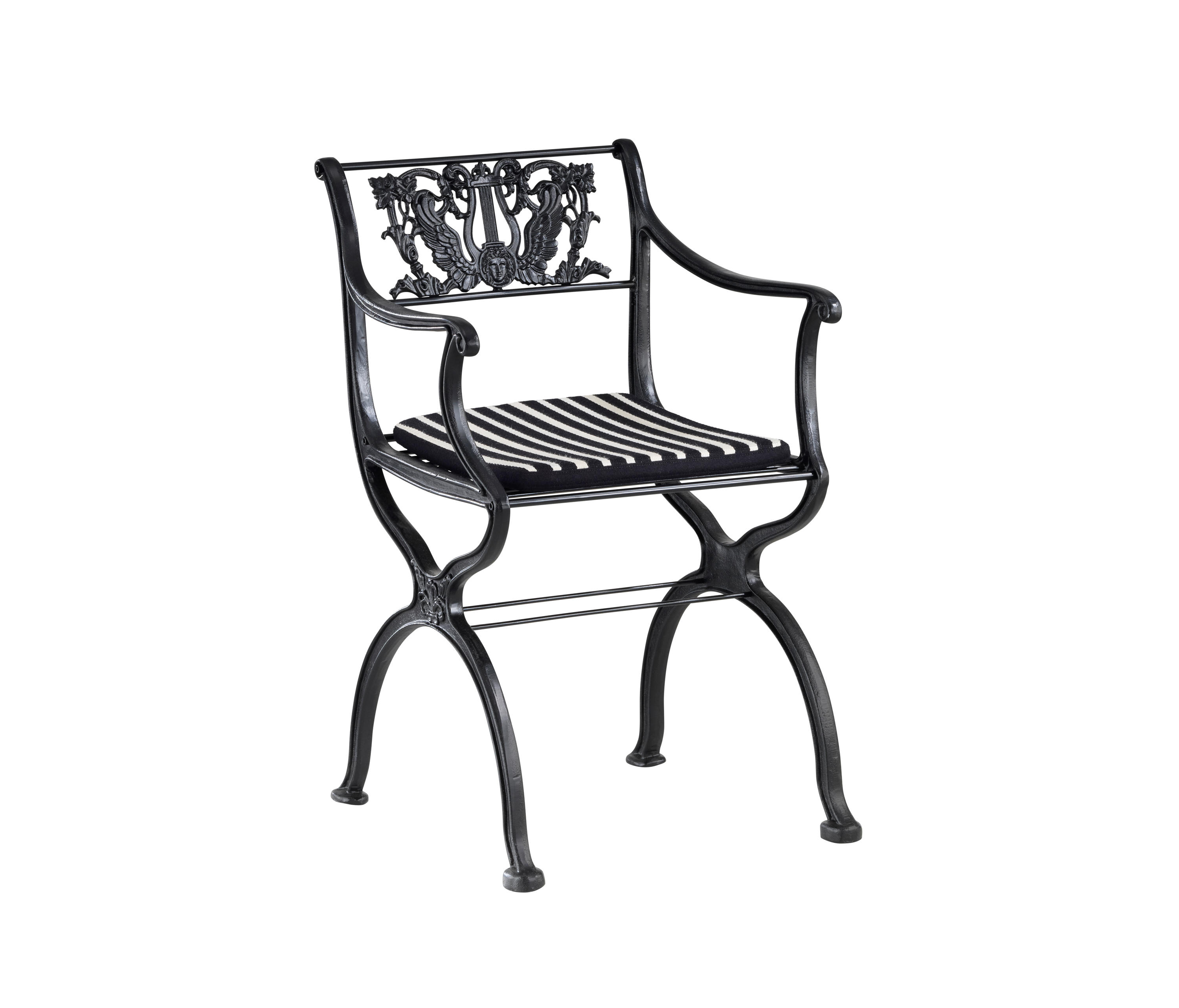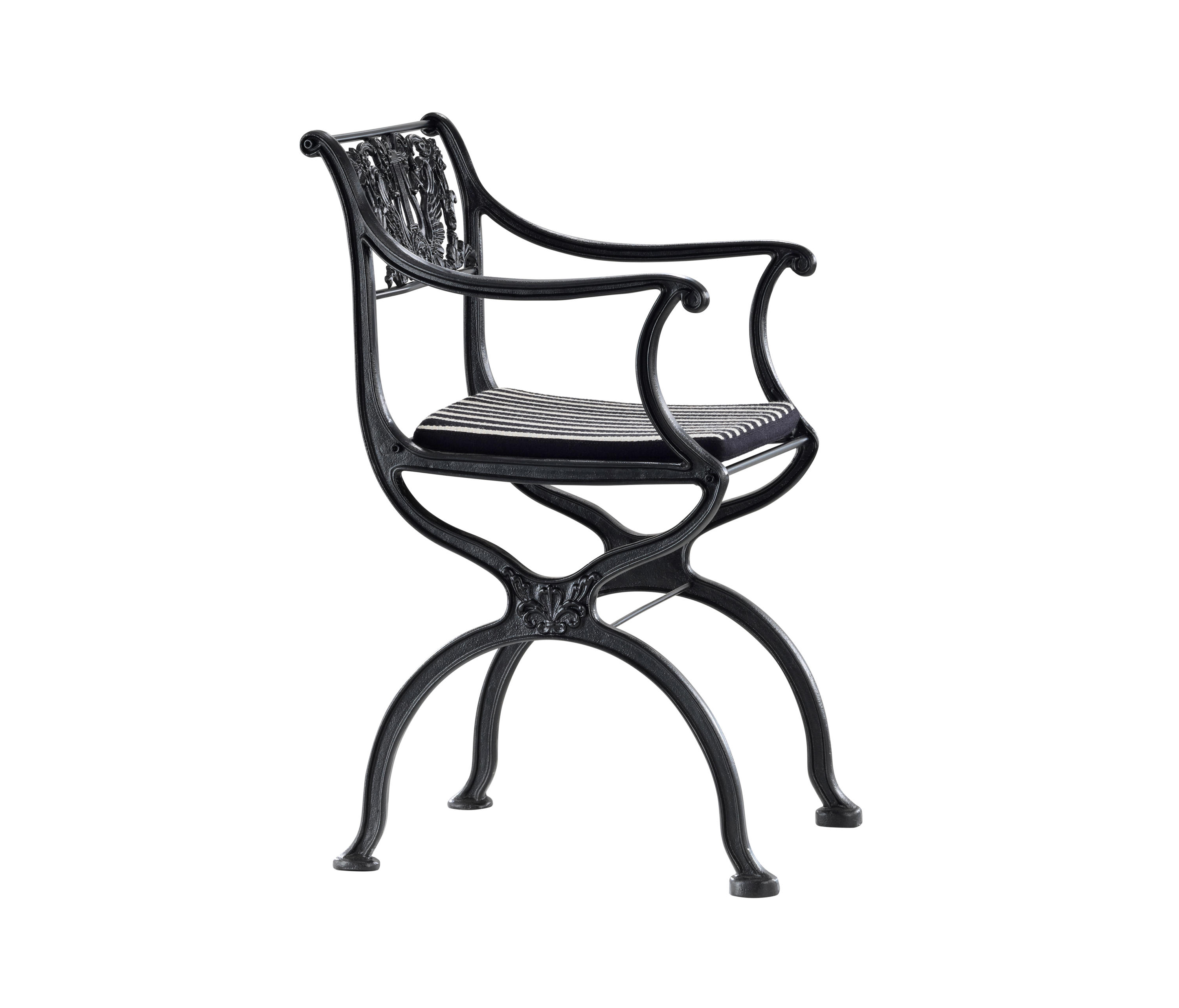产品介绍
Story
»Classicism in Prussia was clearer and simpler than anywhere else,« observed product designer Dieter Rams about Schinkel’s New Pavilion in the park of Charlottenburg Palace (1824/25). This Classicism, as Schinkel understood it, was in fact the contemporary style as well, but above all it was part of a universal environmental design, which aimed at combining buildings and gardens in an industrialized garden realm, with the ultimate intention of modernizing and civilizing the military-agrarian state of Prussia. Schinkel’s garden chair, originally produced in the (state-owned) royal iron foundry in Berlin, was a product of an industry which was developing rapidly thanks to the steam engine, an early mass-produced item made from a few parts and without a restriction in numbers: its function was to add to relaxation in gardens and parks, respite which the people who made the chair were initially able to enjoy only rarely, if at all. In formal terms, the side parts, with their centrally connected curved segments, point to an item of furniture which was designed almost a century later, the re-edition of which can now be found in many living rooms and apartments: the chair designed by Ludwig Mies van der Rohe in 1928 for the German Pavilion at the World Fair in Barcelona.
Material & Colour
Frame: cast iron, screwed, lacquered black
Seat: 2 Cushions, fabric or leather
品牌介绍
如今由AxelBruchhäuser和他的侄子Christian Drescher经营,位于Weser河岸。一旦你确定并理解了一个问题,你可以进一步解决和发展 - 这是进化。例如,我们发现创新材料和技术的新方法。趋势是在不断变化的,而周期越来越短。我们认为,不断更换产品是非生态和不经济的。我们的使命是从社会和生态的角度延长好设计得产品的使用寿命。
Tecta将 Bauhaus思想与工匠,价值观和家庭传统相结合。这正是公司如何独特的发展和珍惜Bauhaus运动曾经教授和融合传统工艺的循环。












